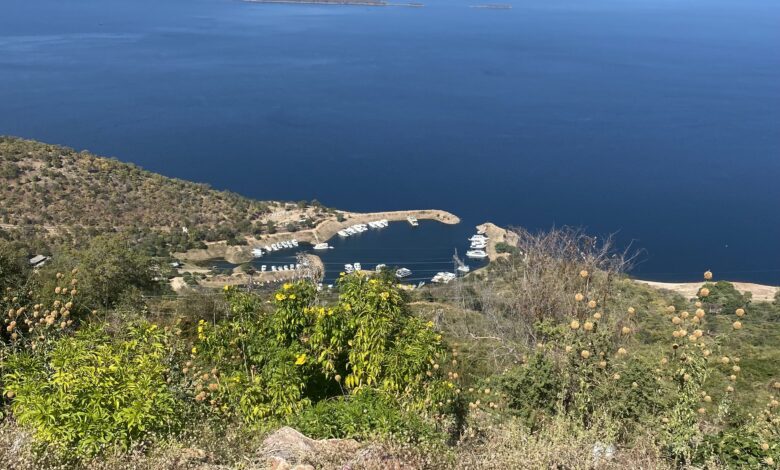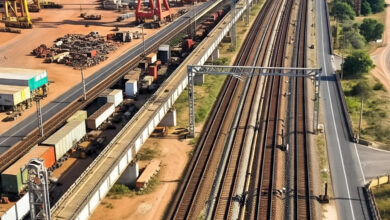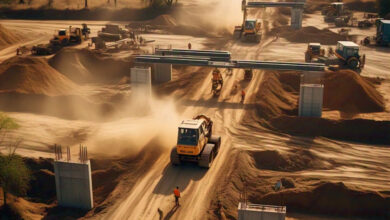Developing Water Infrastructure in Zimbabwe: Challenges and Opportunities

Water infrastructure refers to the physical systems and structures that collect, store, transport and distribute water for various uses. These uses include drinking, sanitation, agriculture and industry. Examples of water infrastructure include dams, reservoirs, water treatment plants, pipelines and irrigation systems.
Situational Analysis of Water Infrastructure in Zimbabwe
The situation of water infrastructure in Zimbabwe is dire. Years of underinvestment, lack of maintenance, and limited resources have left the country’s water infrastructure in a state of disrepair. According to a report by the Zimbabwe National Water Authority (ZINWA), the country’s water infrastructure is operating at less than 50% capacity. Therefore, resulting in widespread water shortages and disruptions to economic activities.
The city of Harare, for example, is struggling to provide clean water to its residents. Many suburbs go without water for days or even weeks. Also, the situation is equally dire in rural areas. Communities rely on boreholes and wells that are often contaminated with bacteria and other pollutants.
Challenges Facing its Development in Zimbabwe
Furthermore, despite the critical need for its development in Zimbabwe, the country faces several challenges that hinder progress. One of the main challenges is funding. Developing and maintaining water infrastructure requires significant investment, which the government of Zimbabwe struggles to provide.
Another challenge is the lack of technical capacity. Zimbabwe’s water sector is plagued by a shortage of skilled personnel, including engineers, technicians and operators. This shortage hampers the country’s ability to design, construct and maintain it.
Moreover, corruption is another challenge that affects water infrastructure development in Zimbabwe. Corruption and mismanagement of funds have led to the collapse of several water infrastructure projects. This leaves communities without access to clean water.
Opportunities for Water Infrastructure Development in Zimbabwe
However, apart from these challenges, there are opportunities for its development in Zimbabwe. One of the main opportunities is the potential for public-private partnerships (PPPs). PPPs can provide a viable financing option for water infrastructure projects. This also allows for the government to leverage private sector investment and expertise.
Another opportunity is the use of innovative technologies, such as solar-powered water pumps and decentralised wastewater treatment systems. These technologies can provide cost-effective and sustainable solutions for water infrastructure development in Zimbabwe.
The government of Zimbabwe has also recognised the importance of its development. They have made commitments to increase investment in the sector. The Zimbabwe National Development Strategy 1 (NDS1), for example, prioritises its development. It is seen as a key enabler of economic growth and development. Furthermore, the IDBZ is working on infrastructure development in Zimbabwe’s water sector.
Conclusion: Developing Water Infrastructure in Zimbabwe
Finally, developing hydraulic infrastructure in Zimbabwe is critical for the country’s economic growth and development. While there are challenges to overcome, there are also opportunities for progress. By leveraging PPPs, innovative technologies and increased government investment, Zimbabwe can develop the water infrastructure it needs to support its people and economy.
As noted by the World Bank, investing in water infrastructure is essential for promoting economic growth. It is also essential for reducing poverty and improving health outcomes. It is imperative that the government of Zimbabwe prioritises its development to ensure a brighter future for its citizens.





